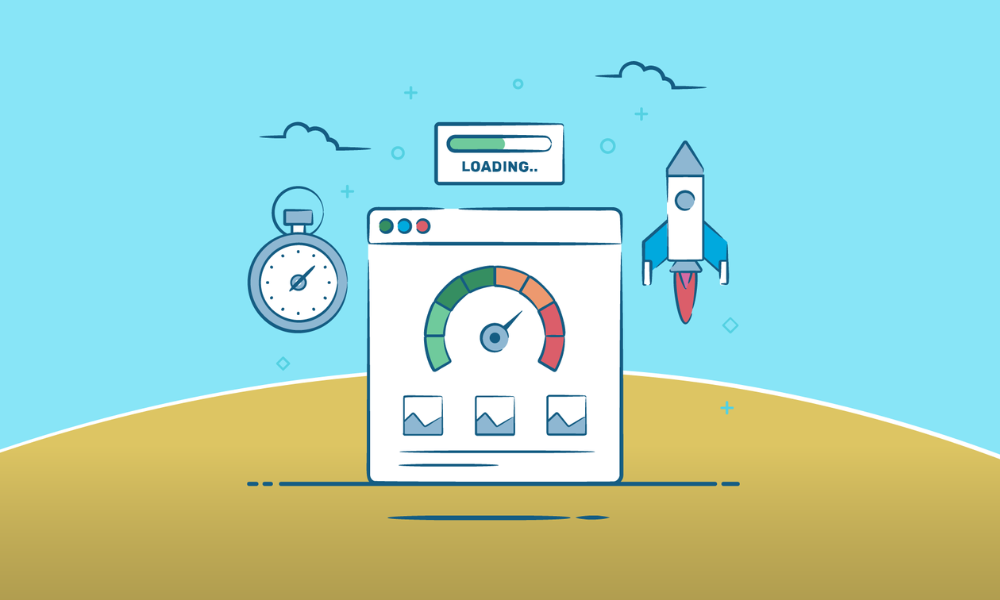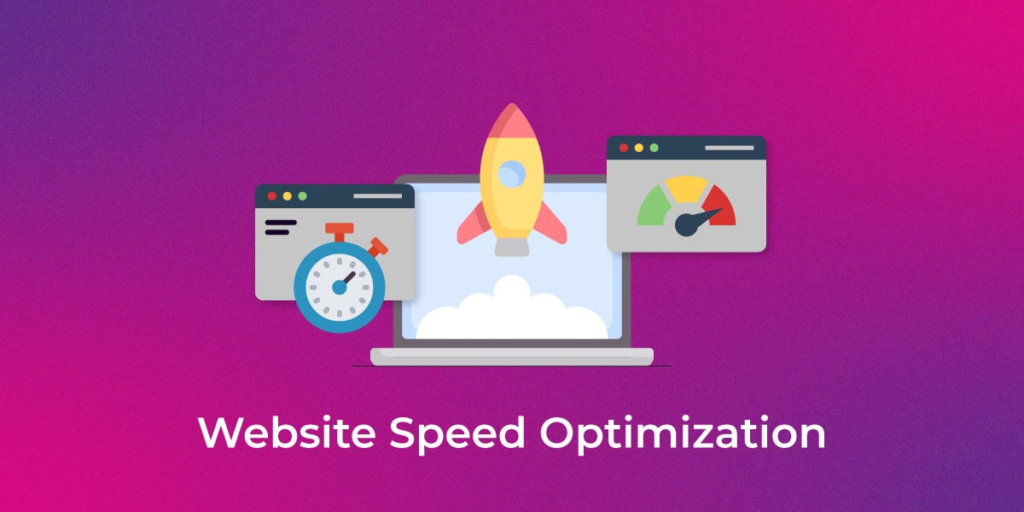In digital marketing company in India, where instant gratification is the norm, website speed and performance have become crucial factors for the success of any online presence. Slow websites frustrate users, leading to higher bounce rates, lower conversion rates, and diminished search engine rankings.
The importance of website speed, its impact on user experience and SEO, and offers practical tips to optimize your site for peak performance.
Why Website Speed Matters Know with Website Development Company in India
1. User Experience
- First Impressions: A fast-loading website creates a positive first impression. Visitors are more likely to stay and explore if the site loads quickly.
- Reduced Bounce Rates: Users tend to abandon websites that take too long to load. A one-second delay in page load time can result in a 7% reduction in conversions.
- Increased Engagement: Faster websites encourage users to browse more pages and spend more time on the site, leading to higher engagement levels.
2. Search Engine Optimization (SEO)
- Google’s Algorithm: Google considers page speed as a ranking factor. Faster websites are more likely to rank higher in search engine results.
- Crawl Efficiency: A fast website allows search engines to crawl and index pages more efficiently, which can positively impact rankings.
- Mobile Optimization: With the mobile-first indexing approach, website speed on mobile devices has become even more critical for SEO.
3. Conversion Rates
- E-commerce Impact: For online retailers, website speed directly influences sales. A slow website can lead to cart abandonment and lost revenue.
- Trust and Credibility: Fast-loading Website Speed are perceived as more reliable and professional, enhancing trust and credibility with users.

How to Optimize Website Speed and Performance
1. Minimize HTTP Requests
Each element on a webpage—images, scripts, and stylesheets—requires an HTTP request. Reducing the number of these requests can significantly speed up your site. Combine files where possible and eliminate unnecessary ones.
2. Optimize Images
Large, unoptimized images are a common culprit for slow websites. Use image compression tools to reduce file sizes without compromising quality. Choose appropriate formats (JPEG for photographs, PNG for graphics with transparency).
3. Leverage Browser Caching
Browser caching stores copies of your site’s files on users’ devices. When they return to your site, the browser loads the cached files instead of fetching them from the server again. Set an appropriate cache expiry date for your resources.
4. Enable Compression
Use Gzip or Brotli compression to reduce the size of your HTML, CSS, and JavaScript files. Smaller files load faster, improving overall site speed.
5. Minify CSS, JavaScript, and HTML
Minification removes unnecessary characters from your code, such as whitespace, comments, and line breaks. Tools like UglifyJS and CSSNano can help you minify your files.
6. Use Content Delivery Networks (CDNs)
CDNs distribute your site’s static files across multiple servers worldwide. This allows users to download files from a server that is geographically closer to them, reducing latency and speeding up load times.
7. Optimize Server Response Time
Choose a reliable hosting provider and consider upgrading to a faster server or a dedicated server if necessary. Optimize your database queries and use a caching mechanism like Redis or Memcached to improve server response times.
8. Prioritize Above-the-Fold Content
Ensure that the content above the fold (the portion of the webpage visible without scrolling) loads quickly. This gives the impression of a fast-loading site even if the rest of the page takes slightly longer to load.
9. Implement Lazy Loading
Lazy loading defers the loading of non-critical resources, such as images and videos, until they are needed. This technique helps to speed up the initial load time and improve perceived performance.
10. Monitor and Test Regularly
Use tools like Google PageSpeed Insights, GTmetrix, and Pingdom to regularly test your website’s speed and performance. These tools provide insights and recommendations for further optimization.
Website speed and performance are critical components of a successful online presence. They not only enhance user experience but also improve SEO and conversion rates. By implementing the optimization techniques outlined in this article, you can ensure that your website loads quickly and efficiently, providing a seamless experience for your visitors and achieving better search engine rankings with the best digital marketing agency in India. Remember, in the fast-paced digital world, every second counts.










